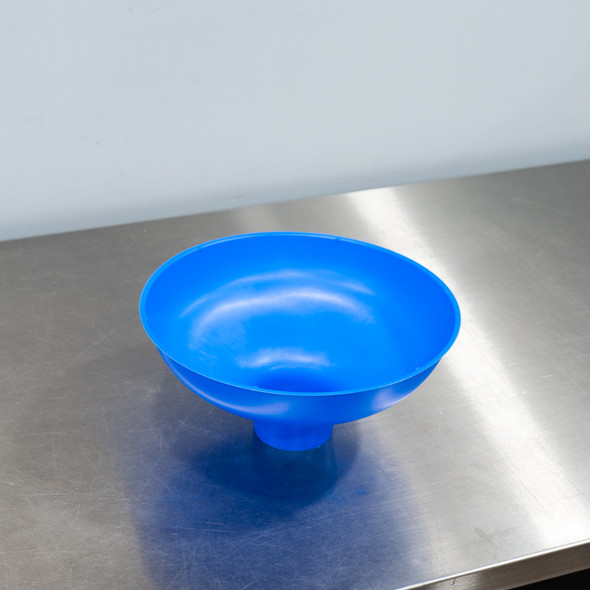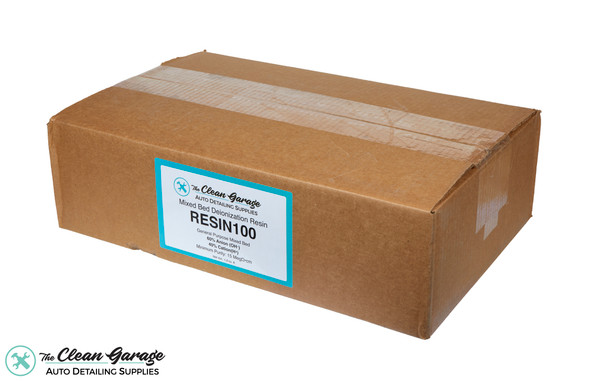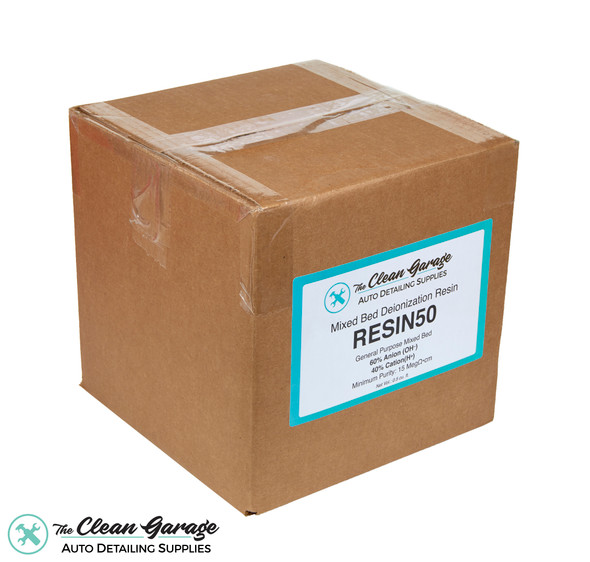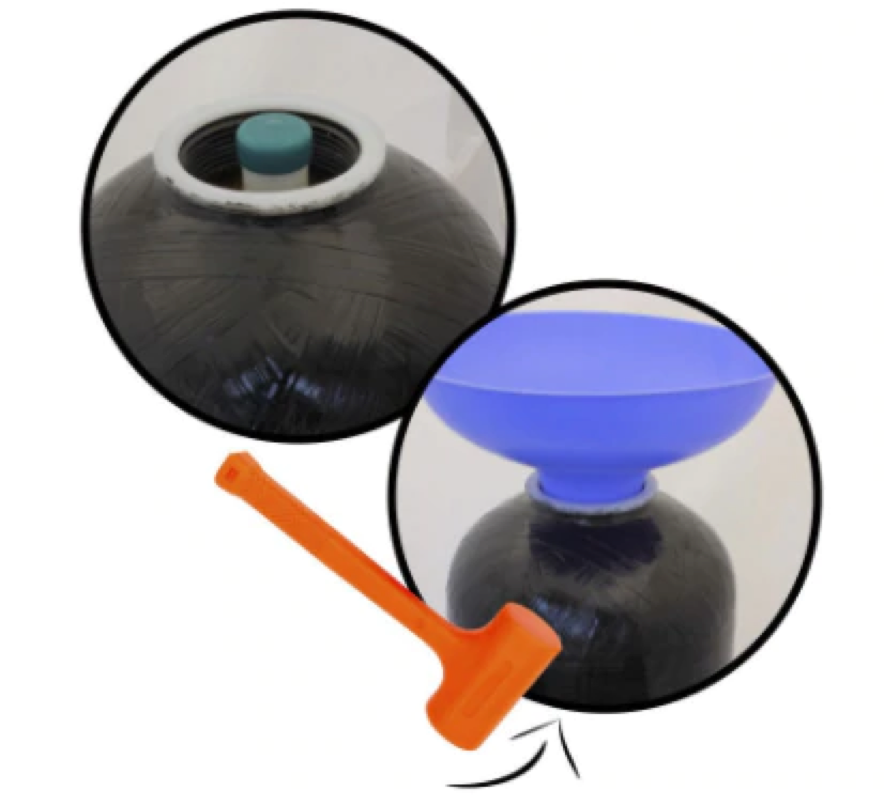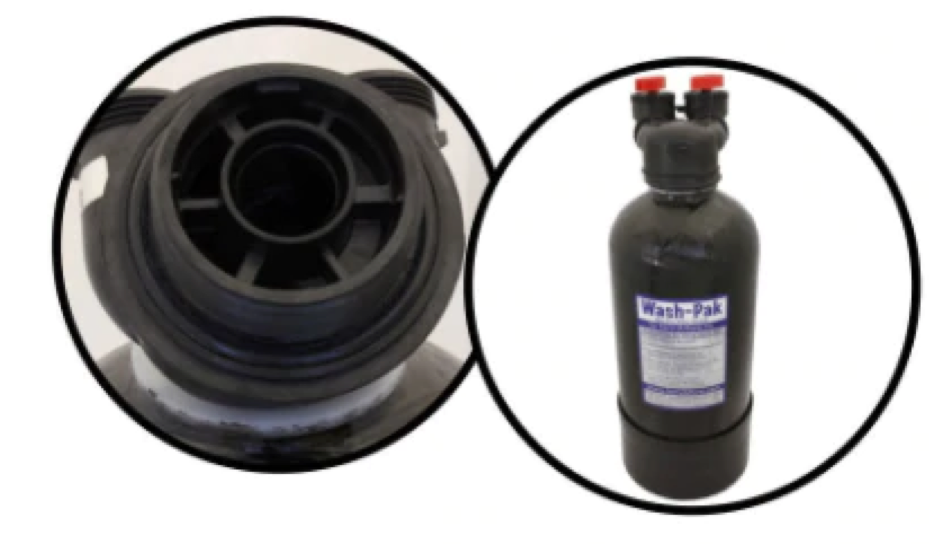Say goodbye to water spots with our Spot Free Wash System! Our 100 systems come Pre-Filled with 1 Cubic Foot of virgin, high-grade, non-regenerated resin.
Stop paying for over priced cartridges, our systems use bulk resin that can be purchased by the cubic foot to refill. Making the longer term cost of our system much cheaper.
Our Bypass system allows you to easily turn the water treatment on and off. Simply turn both red dials inward to bypass the resin treatment. This means you can use DI water when you need it and unfiltered water when you don't which will prolong the life of your resin. We suggest using DI water water for your final rinse and to fill your buckets and foam cannon.
To set the system up you simply need 2 garden hoses: Your inlet hose (from your water source) connects to the left elbow(when facing the machine) labeled INLET/Downflow Inlet. Your outlet hose (going to your pressure washer or hose nozzle) connects to the right elbow(when facing the machine) labeled OUTLET/Upflow Inlet.
The Clean Garage Spot Free Wash system is an excellent use for a spot-free car wash, RV and plane washing, window cleaning and any application where a spot free rinse is required. This is not to be used for human consumption.




